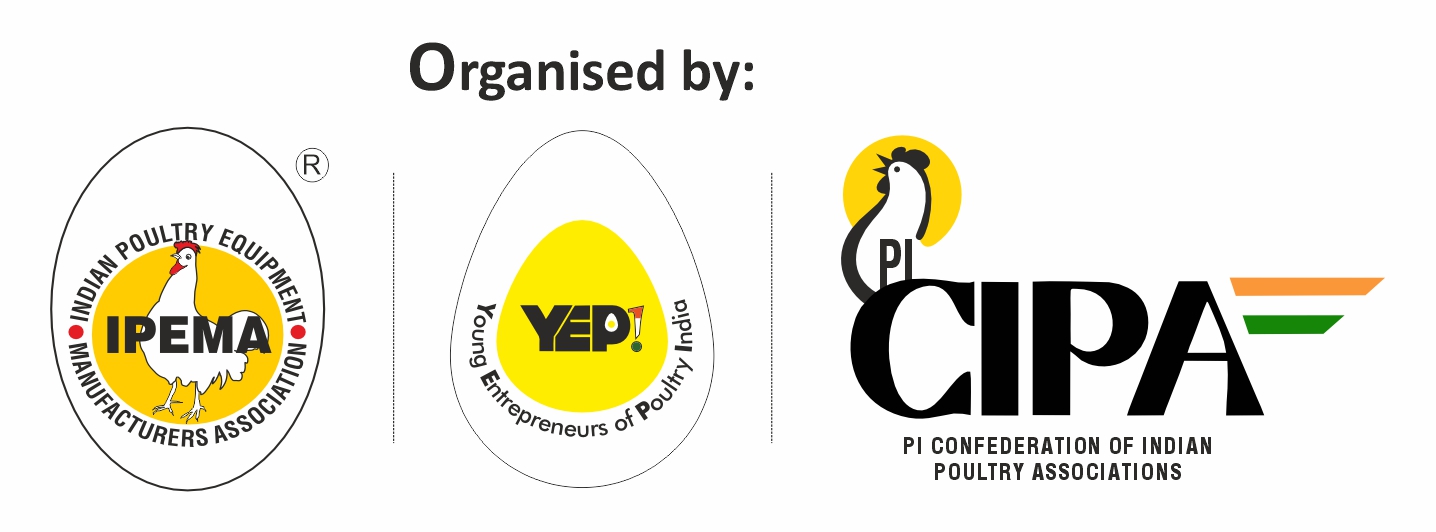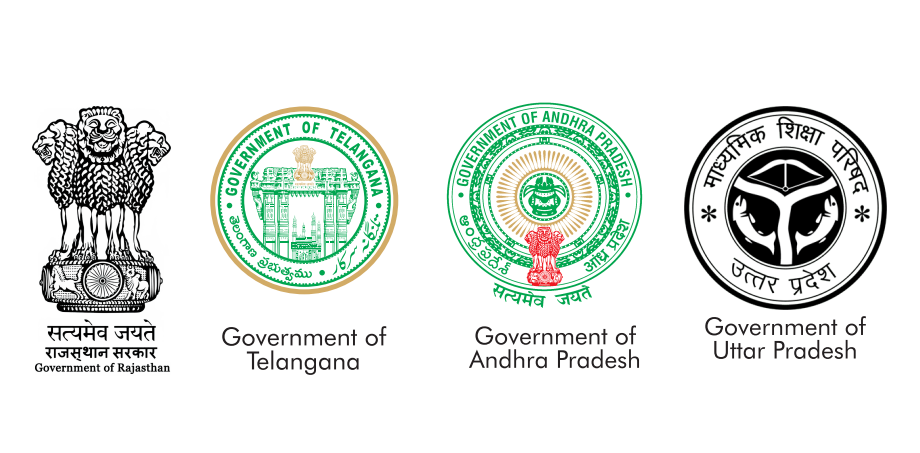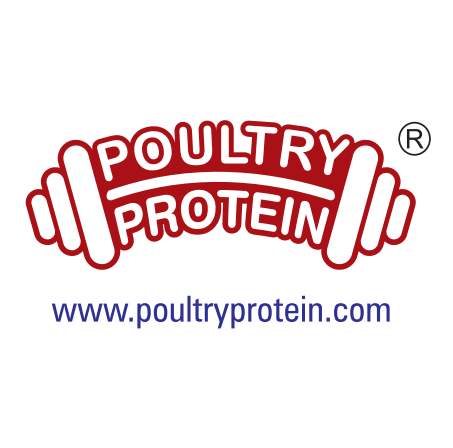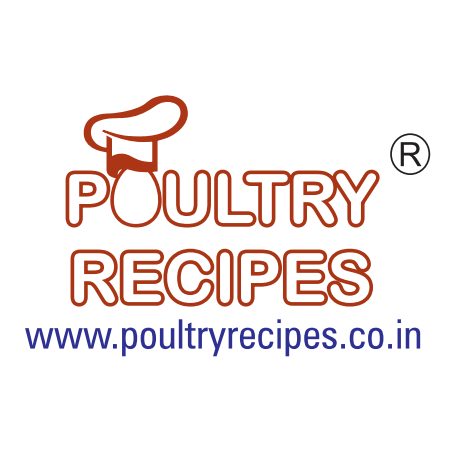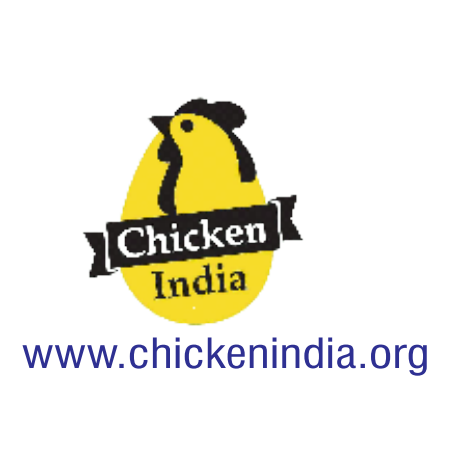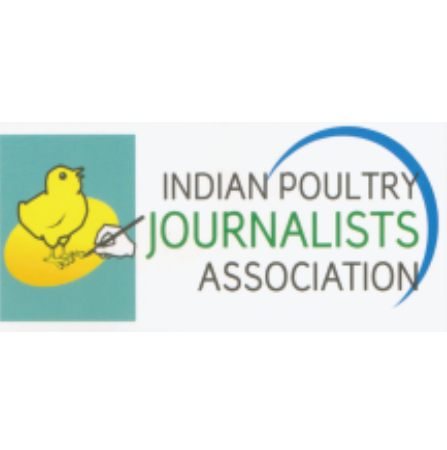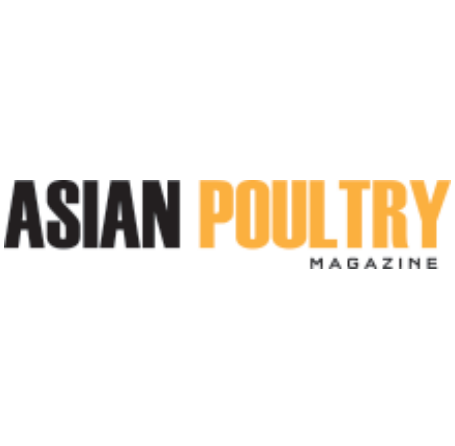Technology 4.0 transforms poultry processing
_848x283.jpg)
Recent advances in technological and engineering tools and materials, such as advanced sensors and sensing devices, data processing and machine learning methods, provide effective tools for the poultry industry to optimise yield and material use on the poultry processing line, to track material flow throughout the entire process from farm to fork and make decisions based on real-time constraints in material flows, manufacturing operations and energy consumption, creating capabilities beyond what independent disconnected operating environments can provide.
What is technology 4.0?
The first industrial revolution started with the invention of steam-powered and hydraulic machines. The second industrial revolution came with mass production and the use of electricity, which was followed by the third revolution with the introduction of automation and electronics. Each of these technological advances significantly changed production methods in all fields, including poultry farming.
However, the adoption rate of each technological advance varies based on cost, infrastructure availability, cultural adaptability and the amount of training needed. We are living in the fourth technological and industrial revolution era (i.e., technology 4.0) which involves the fusion of various technologies, including robotics, artificial intelligence, virtual reality, autonomous systems, nanotechnologies, quantum computing and a completely interconnected Internet of Things.
Application in poultry processing plants
Technology 4.0 can improve poultry processing efficiency and optimise material yield through the integration of cyber-physical systems and wireless communication technologies that track poultry production in real-time to provide production data at different steps of the production process. The transport of live poultry from producers to the processing plant is the first step in raw material reception.
After the poultry are hung manually on the production line, a count needs to be done. A low-cost hardware system combined with an intuitive analytics dashboard and the Internet of Things can be used as a suitable tool to determine the exact number and rate of the production line. In addition, after evisceration, in which the offal and legs are removed from the bird, the material yield will be calculated, the weight of each bird and the data from the production line will be generated automatically.
Specialised software in the production line will be able to make the bird selection, manage flexible distribution and minimise waste. The cutting and deboning steps are essential to optimise material yield. The speed and rhythm of each employee cutting the breast and thighs manually and the quantity of packaged and labelled products according to each order can be monitored using real-time monitoring systems.
Challenges faced by technology 4.0
Technology 4.0 is reshaping the contours of the poultry industry, therefore, it is facing several new challenges. Increasingly competitive dynamics and facilitated market entrance of new competitors are among the most critical challenges in the technology 4.0 era. Moreover, digital connectivity implies sharing data and a high level of transparency which expose poultry processors to the risk of cyber attacks and industrial espionage, along with the challenge of securing data rights and access.
In addition, technology 4.0 is predicted to have a far-reaching impact on employee roles in poultry processing plants. Employees need to be qualified to handle the new technology concept and have adequate personal qualities (such as a willingness to learn), social and interpersonal skills (such as creative problem solving in social settings), as well as action-related (such as the ability to find practical solutions), and domain-related competencies (such as understanding network technologies, together with data analysis and processing). However, sourcing people with these skills represents a major challenge and potential obstacle for the poultry industry.
Upcoming tech and futuristic vision
With anticipated digital transformations, referred to as the fourth revolution in technology (4.0), several emerging technologies are paving the way towards a more advanced vision for the future. The 5G technology is one of the major future elements in communication and data transformation due to its capability of supporting 1,000-fold gains in capacity, connections with at least 100 billion devices and a 10-20 GB individual user experience with extremely low latency and fast response times.
The deployment of 5G networks is expected to be rolled out between 2020 and 2030. Processing data from various types of sensors, such as those described above, requires the development of new data processing techniques. To address this need, there will be a drastic shift in machine learning and artificial intelligence algorithms to make them more efficient in data processing and decision making.
Biosensors, hyperspectral cameras and sensing arrays are just some of the recent advances in sensing devices. Additionally, technologies such as automation, cloud computing and augmentation should not be disregarded as new and emerging technologies. It is further worth mentioning that machine vision and computer vision are the advances underpinning many emerging technologies, such as robotics, artificial intelligence, and smart sensors. Machine vision uses machines, sensors and data processing algorithms to ‘see’, analyze and make decisions about the surroundings.
Machine vision will have a massive impact on many fields, including agriculture and animal science. It is especially useful for problems where the human eye is needed to assess the situation. Thousands of machine vision and computer vision applications have yet to be discovered and it is expected to be the focus of investigation and develoipment in the near future.
Robust monitoring
The application of technology 4.0 in poultry processing plants increases the processor’s ability to optimise yield and material use on poultry processing lines, track material flow through the entire process, make decisions based on real-time information, and ensure high standards in poultry processing plants. Using technology 4.0 increases production efficiency, decreases operational and manpower costs, and provides reliable and accurate data for management and planning purposes. However, to develop a robust monitoring system in poultry processing plants it will be necessary to collect a combination of data from large scale studies using multiple sensors.







